
For thousands of years, silk has been one of the most iconic and defining symbols of wealth. From Japan to France silk has been the chosen textile of royalty and the elite alike. The history of silk is a long one, with evidence of complex weaving being freshly discovered in China dating to more than 5,500 years ago.
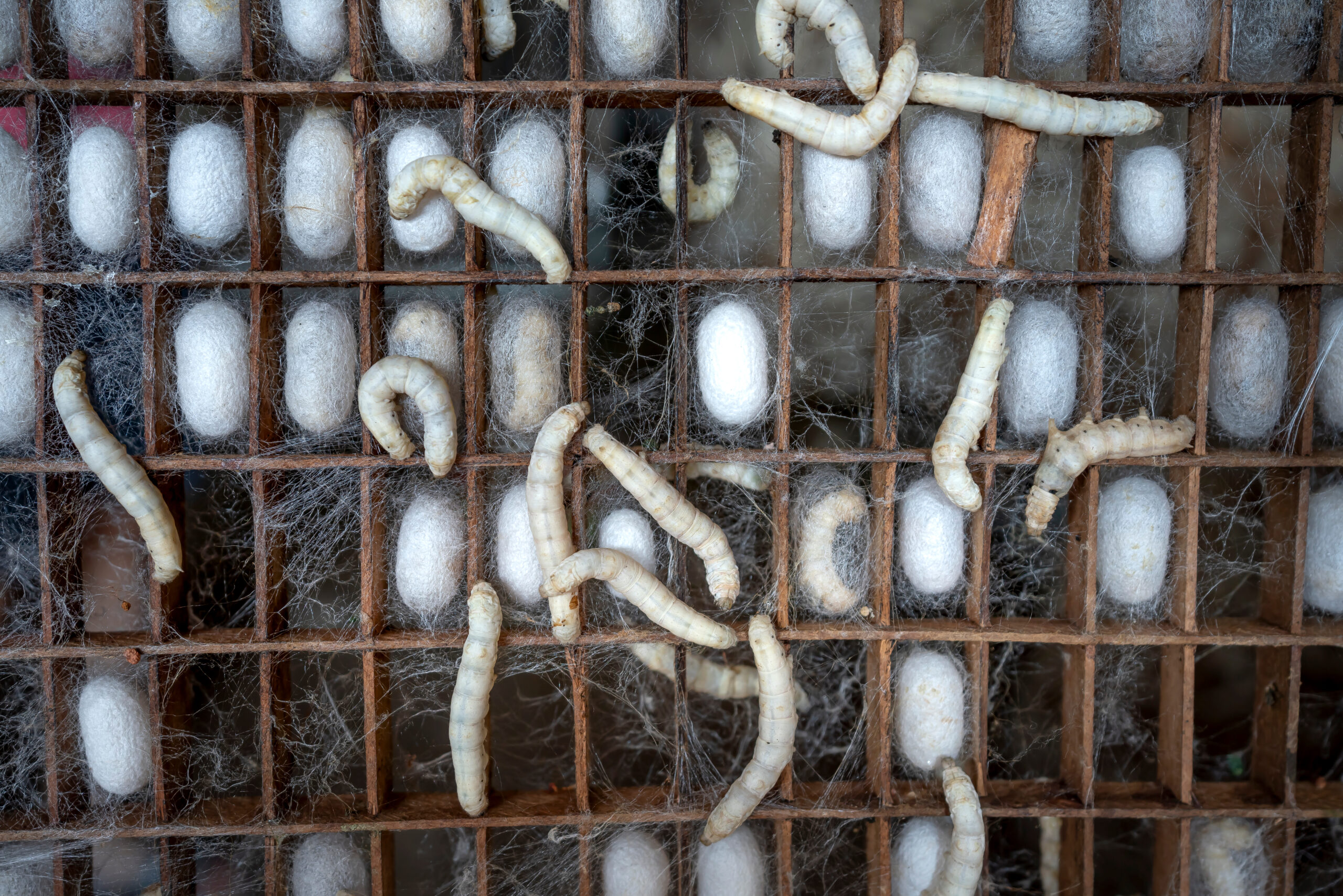

Silk has gone through a unique journey of history, beginning as something closer to myth than reality, then becoming one of the most valuable and widespread luxuries, then a subject of conspiracy's and heists, then a widely cultivated product, then returning back to a rare and sumptuous luxury.
What Is Silk?
Silk is a product of quite a large number of number insects. Silk is mainly created by the larvae of insects undergoing metamorphosis (caterpillars into moths for example). The best-known silk comes from the cocoons of the larvae of the mulberry silkworm, these domesticated species are the source of the silk textile (though silk can be made, but with much more difficulty, from other types of moths).


Silk is not only produced this way, webspinners like spiders also produce silk, as well as some species of bees, ants, leafhoppers, and many more arthropods.
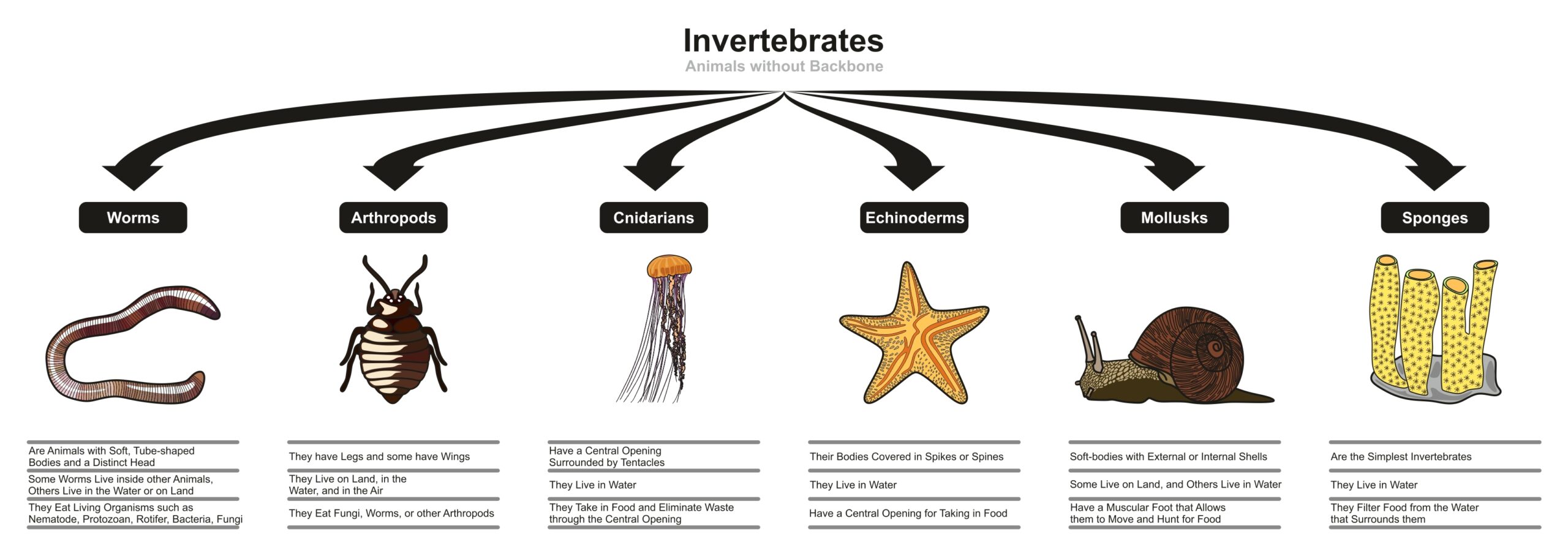

The fiber itself is made of natural proteins, mainly fibroin. And its trademark shimmering appearance is given by the prism-like structure of the fiber.
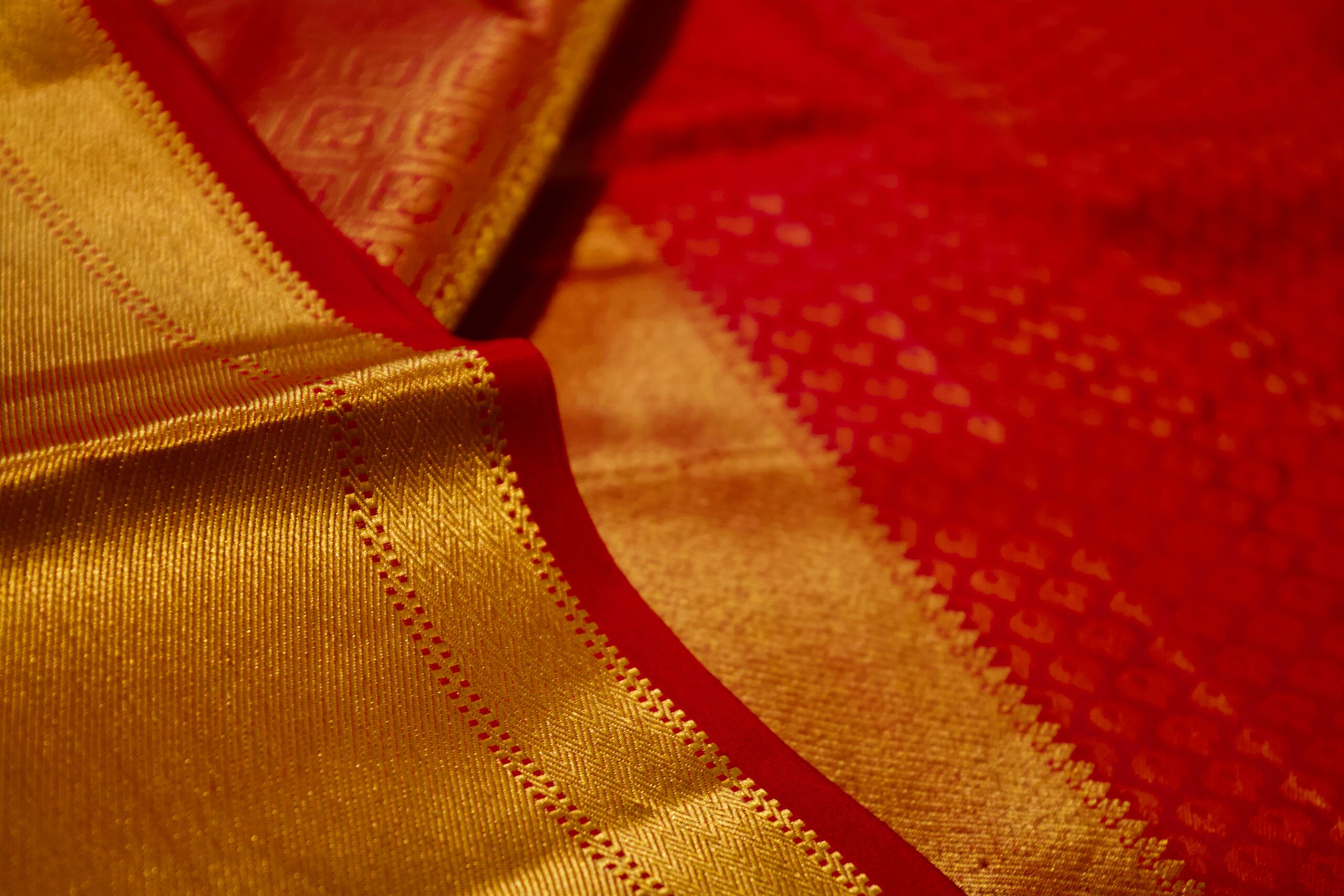

The silk of the mulberry silkworm is used in a great variety of applications aside from the obvious use as clothing. Its unique appearance, ease of dying, strength, and durability has secured its place as the most valuable natural textile ever since its discovery. Some interesting commercial uses include parachutes, gunpowder bags, and surgical sutures.
Mythological Origins
The origins of silk trace back to the far depths of ancient China. According to the ancient sage Confucius, in the 27th century BC (over 4,700 years ago), a silkworm's cocoon fell into the tea cup of the young empress Leizu. When she extracted the cocoon from her drink the long thread began to unroll, sparking the idea to try and weave it. With support from her husband, the Yellow Emperor, she began to instruct in the raising of silkworms, founding what is known as sericulture. From this point, she became the goddess of silk in Chinese mythology.
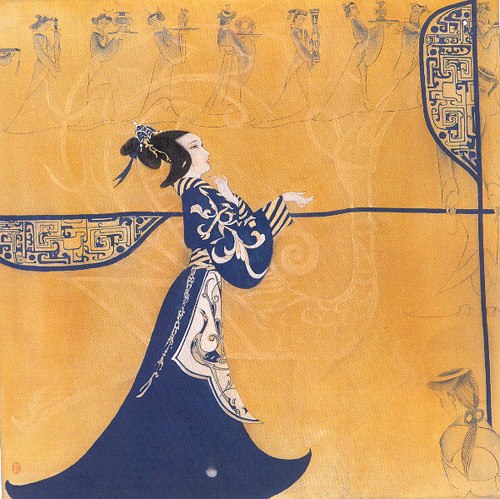

Although the Chinese exported great volumes of silk, they closely guarded the secret of its cultivation for centuries. Therefore there sprung a great variety of ideas and imaginations of how the wonderous fabric was made. A notable exception to this is found in the writings of Pliny the Elder as he describes in his Natural History, the spider-like weaving of the silk moths. It is unknown how he came to understand this.
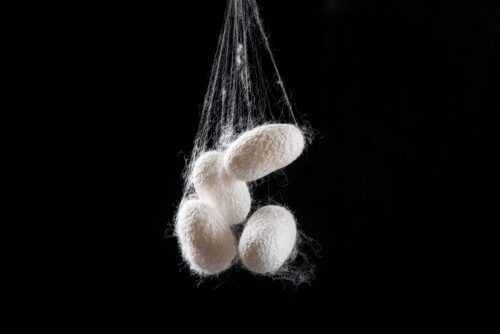

Silk Spread Out Of China
Despite the Empire's best efforts (defending their monopoly under punishment of death to anyone attempting to export silkworms or their eggs), the ways of silk cultivation did in fact spread. First to Korea, and Japan, then later to India (where it remains an important cultural and industrial product). Following the opening of the Silk Road, it was only a matter of time before an enterprising merchant found a way to smuggle the precious insects further west.
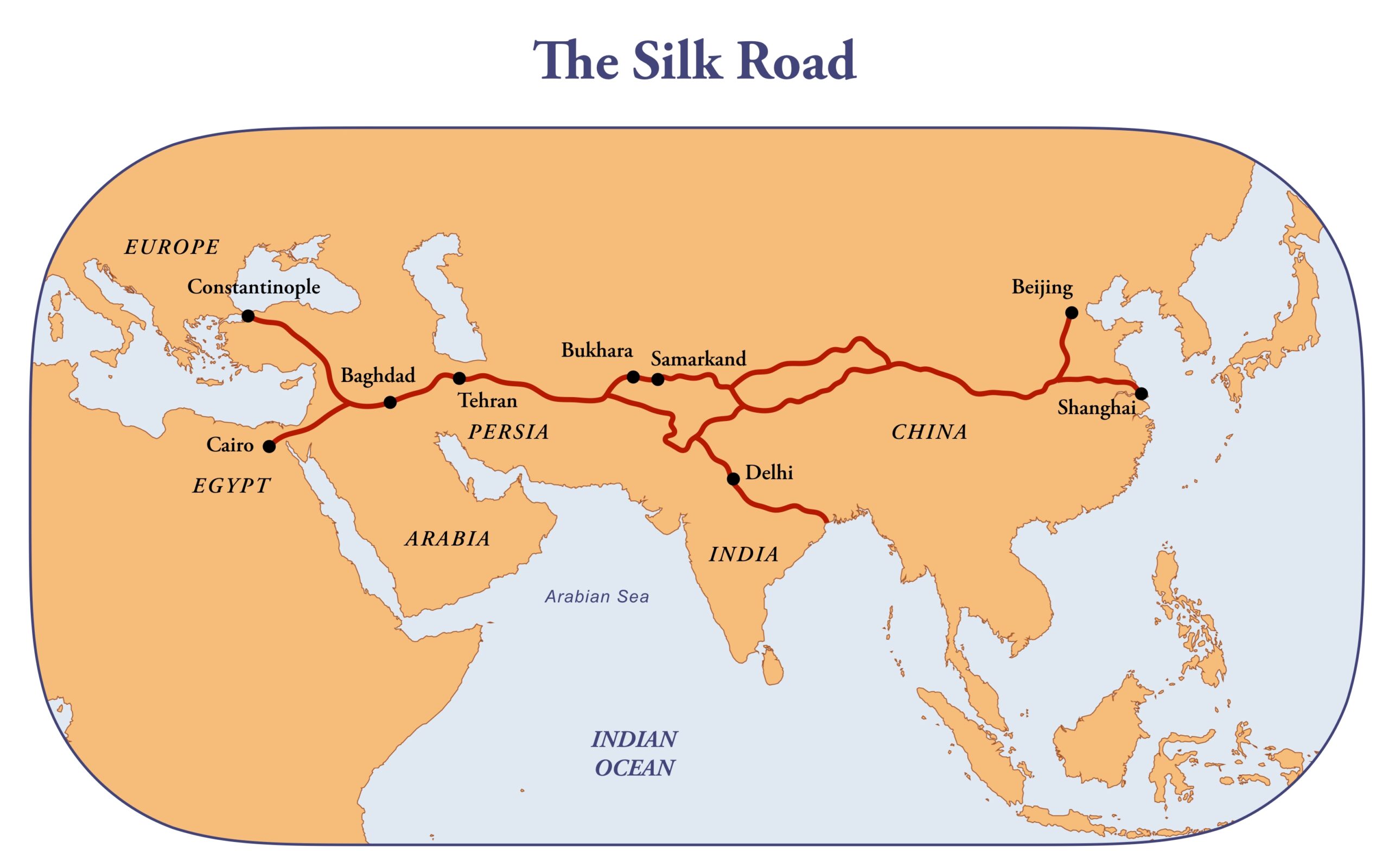

This moment came under the rule of the Byzantine Emperor Justinian in 552 AD. He sent two monks east to smuggle silkworm eggs back to the capital. According to the story, the monks hid the eggs in rods of bamboo, or a cane, depending on whose source you read. The Church was then able to find some of the first sericulture in the Mediterranean.
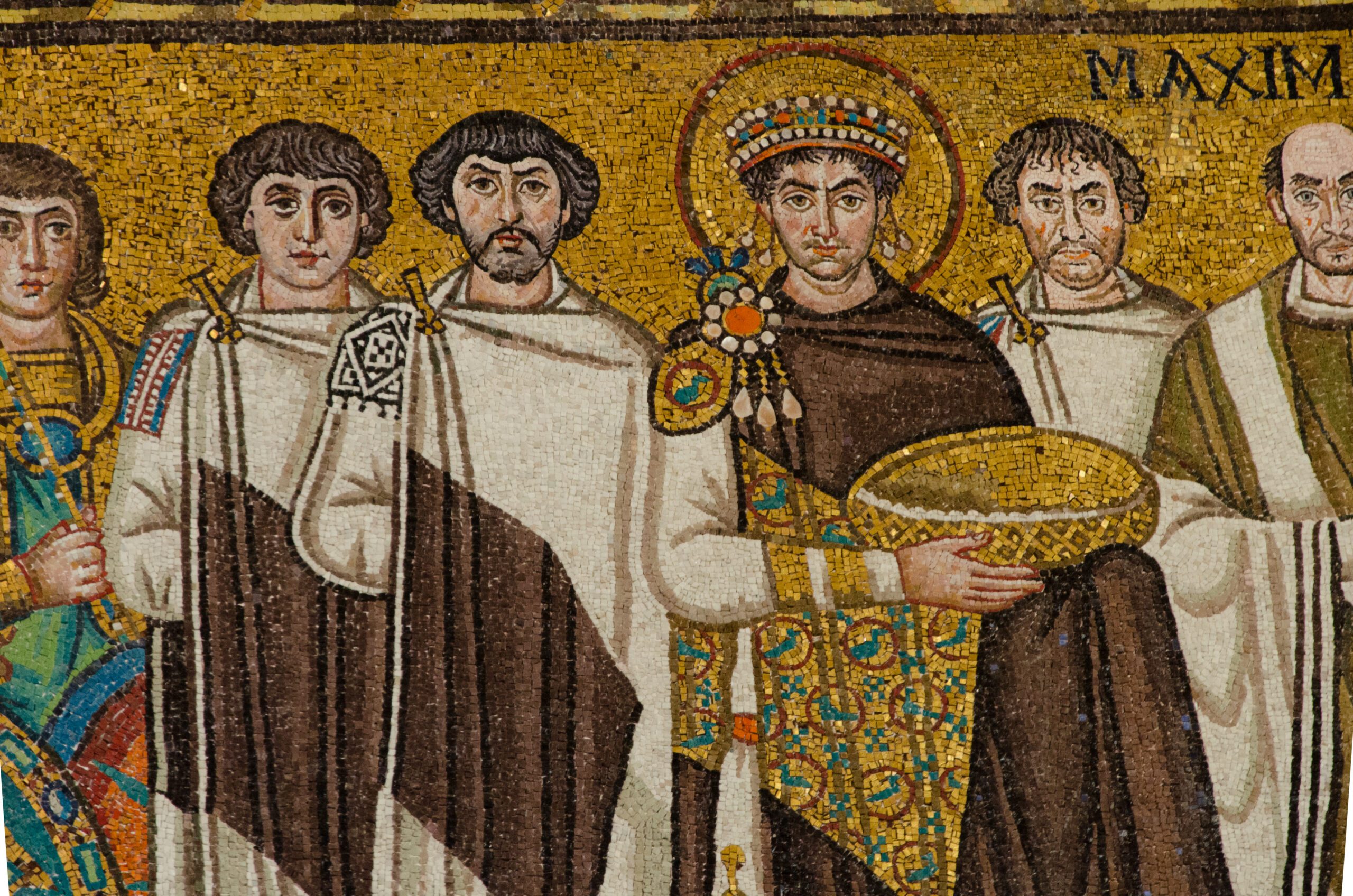

Around the same time, the Arabs, who'd also obtained the ways of sericulture, conquered their way across the Middle East. They spread their knowledge of silk farming and weaving, serving as another focal point of the development of silk in Europe.
Despite losing its monopoly, China maintained itself as a major silk supplier, continuing to dominate the silk market via the legendary Silk Road. In fact, the spread of sericulture seemed to do little to diminish demand. As we will see in later eras, the West's demand for Eastern silks never ceased, and as prices did fall and availability increased, the volumes simply grew.
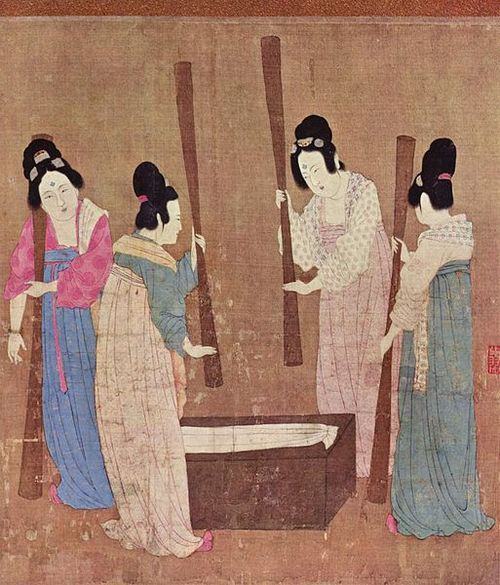

It wasn't until the crusades that the techniques of silk production began to spread across Western Europe. With the sack of Constantinople in 1204, many of the leading Byzantine artisans left, mainly concentrating in Italy and southern France, where they would go on to supply domestic silk in the Medieval world.
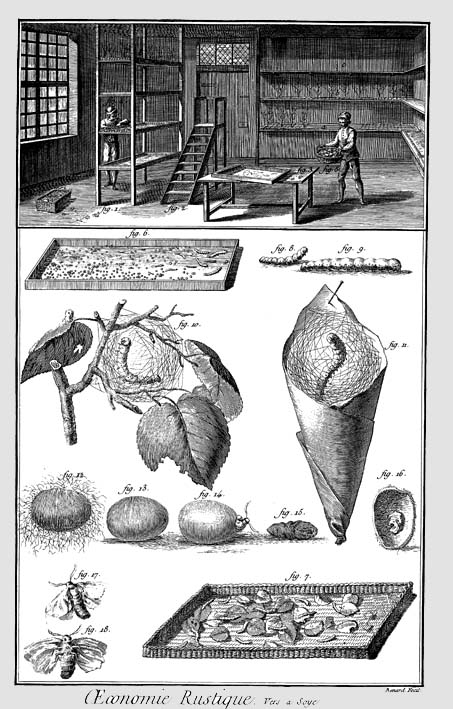

Continued
In the next part, we will look at the interesting development of silk in the medieval world, where it came to dominate fashion, and yet also become more accessible and cheaper.
Check out some other histories, and let me know what you thought in the comments below.








I found this very interesting and thank you for sharing.
Thank you, Janet, this article was written by my son, I will let him know your appreciation.